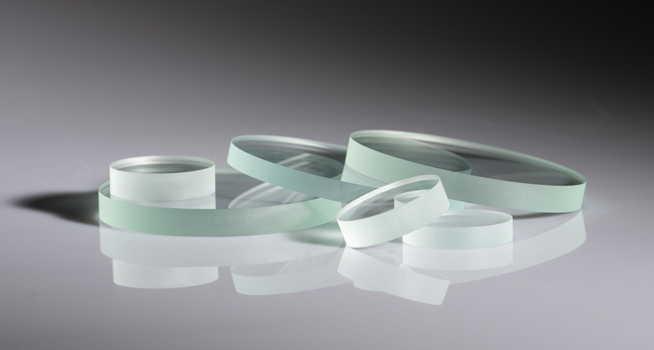Corning Incorporated announced that the company’s Corning Laser Technologies (CLT) business has further developed its Corning® nanoPerforation technology to cut glass with thickness up to 10 millimetre in a single pass – providing the benefits of the laser cutting combined with simultaneous high throughput.
Ultrashort pulsed lasers offer the possibility for confined energy deposition, resulting in high-quality laser cuts. With advancements in laser technology and commercial availability of industrial, ultrafast laser sources with even higher power and pulse energy, CLT is able to scale the laser-cutting performance.
“By incorporating enhanced thick glass capabilities into our current platforms to advance our laser cutting portfolio, we’re able to provide highly economical, reliable and scalable solutions for laser cutting of architectural glass and other complex structures, opening the doors to new possibilities,” said Michael Mueller, business director, Precision Glass Solutions & Corning Laser Technologies.
Laser cutting of thick glass
Glass thicknesses of greater than 3 mm, which are common in architectural applications, have traditionally required multi-pass cutting. Although this method still delivers high-quality cuts, it compromises the throughput.
By using a high-power laser source and appropriately tailoring the temporal and spatial beam properties, CLT can shape the laser beam interaction zone within the glass to nanoPerforate through glass up to 10 millimetres thick in a single pass.
Laser cutting of functionalized and stacked glass
CLT’s thick glass laser-cutting capability can also be used to cut functionalised, stacked, and coated glass. An actively switchable window consists of a stack of at least two glass sheets – the inner surfaces coated with a transparent conductive oxide (TCO) and the active material between. CLT optimized a process for the half-cut, obtaining the desired nanoPerforation of the upper sheet with minimum damage to the TCO layer of the lower sheet.
NanoPerforating the smart window glass stack in a single pass and using the process to minimize damage to the TCO layer of the lower sheet enables streamlining the smart window manufacturing process while allowing high design flexibility at the same time.




